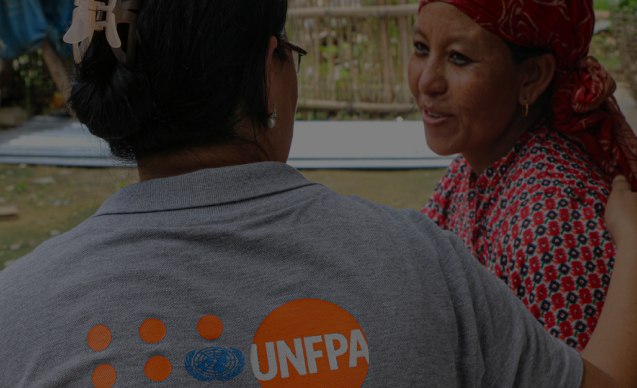Overview
UNFPA is the United Nations sexual and reproductive health agency. Our mission is to deliver a world where every pregnancy is wanted, every childbirth is safe and every young person's potential is fulfilled.
UNFPA’s Regional Office for Asia and the Pacific was established in 2008 in Bangkok, Thailand, to provide a key link between UNFPA’s global vision and strategies, and the needs of the region and programme countries.
Our Regional Office in Bangkok provides strategic support and technical expertise to 22 country offices across Asia and our Pacific Subregional Office in Suva, Fiji, supports 14 Pacific island nations. We deliver policy advice, guidance, training and support to empower our partners and colleagues in the field. The Regional Office also provides leadership in positioning the Programme of Action of the 1994 International Conference on Population and Development (ICPD) in tandem with the 2030 Agenda and SDGs at the forefront of poverty reduction and development strategies, policies and debates throughout the region.




